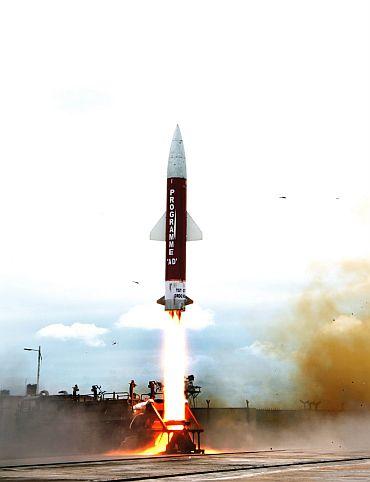
The $40 billion Boeing-managed Ground-based Midcourse Defence system aims to protect against long-range ballistic missiles and provide the data necessary to assess the performance of numerous Ballistic Missile Defence System elements for homeland defence.
“This is a very important step in our continuing efforts to improve and increase the reliability of our homeland ballistic missile defence system,” said Vice Admiral James D Syring, Missile Defence Agency director.
“We’ll continue efforts to ensure our deployed ground-based interceptors and our overall homeland defensive architecture continue to provide the war fighter an effective and dependable system to defend the country,” he said.
The successful test on Sunday followed the system’s failure to hit a simulated missile in five of eight previous tests since president George W Bush’s administration launched the program in 2004.
During the test a long-range ground-based interceptor launched from Vandenberg Air Force Base, California, intercepted an intermediate-range ballistic missile target launched from the US Army’s Reagan Test Site on Kwajalein Atoll in the Republic of the Marshall Islands, the Pentagon said.
This was the first intercept using the second-generation exoatmospheric kill vehicle, a device attached to the intercept booster, that flew on its own, hit and destroyed the target. “We made the fixes needed to be made from the last test, which was back in December of 2010,” Pentagon spokesman Admiral John Kirby said.
The EKV was released while the interceptor was in space. It received updates from the GMD system, detected and tracked the target and destroyed it through a high-speed impact.
Image is used for representational purposes only.